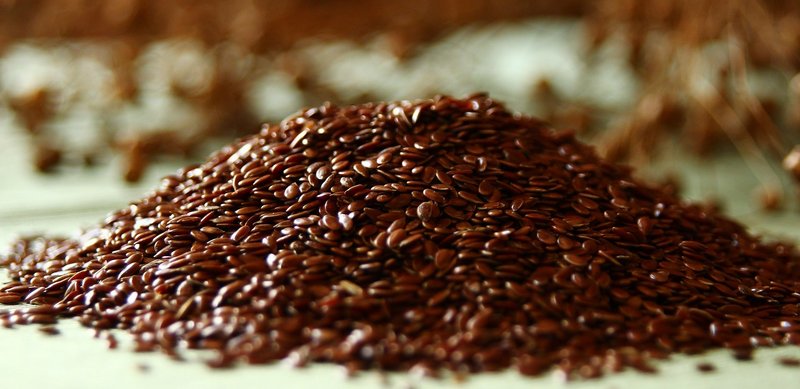News
Genetically modified linseed: 10,000 kilogrammes of seed may be contaminated
The investigation showed that the contamination was presumably in a 10-tonne seed lot. The Genetic Engineering Information Service (Informationsdienst Gentechnik) provided this figure, relying on well-informed sources. The sources also provided the following information: The 10,000 kilogrammes of linseed were produced in the Czech Republic between 2012 and 2017 and sold in 2018: about 6,000 kilogrammes were sold to a business in Germany and 4,000 kilogrammes to a business in Ireland. The seeds were conventional. The Baden-Württemberg organic farmer had a valid special permit for their use. The German authorities reported the contamination to the EU Commission on 26 November 2020.
Public not informed until 8 December 2020
However, the Baden-Württemberg Ministry of Agriculture did not inform the German public until 8 December 2020. It stated that the eight-tonne harvest had been confiscated and destroyed, that only one percent had already been delivered and processed into baked goods, and that there was no health hazard. In response to specific questions, the Ministry made the following statement to the Genetic Engineering Information Service on 10 December: “We published the available information immediately, and the open questions are currently being dealt with.”
The extent to which the seeds were sown is still unclear
After four weeks of investigation, the Baden-Württemberg Ministry and the Federal Office for Consumer Protection and Food Safety still have not provided any official information on how many farmers sowed the contaminated seeds and in which federal states. The 6,000 kilogrammes of seeds sold by a German company are enough to cultivate about 150 hectares and harvest over 2,000 tonnes. The seeds may have been sown in conventional fields and – with a special permit – in organic fields as well. Since one third of German linseed production is organic, additional organic farmers and their customers are probably affected by the contamination.
Genetically modified linseed originated in the 1980s
The genetically modified linseed FP 967/Triffid was developed in the 1980s and was only authorised from 1996 to 2001 in Canada but was rarely cultivated. Surprisingly, Baden-Württemberg authorities detected it as contamination in Canadian linseed in 2009. Further investigation led to recalls in 28 countries at the time. Since then, Baden-Württemberg food inspectors have tested random samples of linseed, and the contaminant has now been found for the first time in eleven years. However, seeds were not checked throughout the country. The seed statistics of the Federal/State Working Group on Genetic Engineering indicate that the last linseed lot in Schleswig-Holstein was checked in 2014. Other countries are more cautious in this regard. As the European Rapid Alert System for Food and Feed (RASFF) notes, Slovakian authorities found FP 967/Triffid genetic material in a linseed lot from Ukraine in May 2019. They rejected the contaminated delivery at the border.
Genetically modified linseed: Ten tonnes of seed contaminated? (11.12.2020)
Linseed with unauthorised genetic modifications discovered – The goods were destroyed (08.12.2020)
Federal/State Working Group on Genetic Engineering (LAG), seed monitoring

